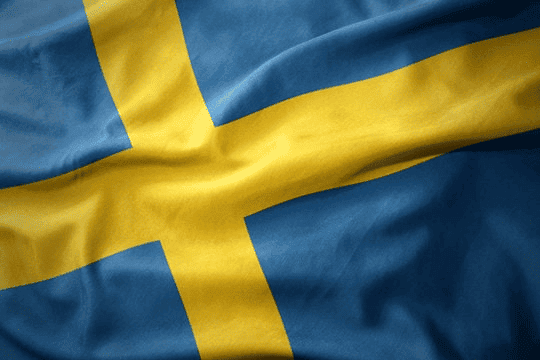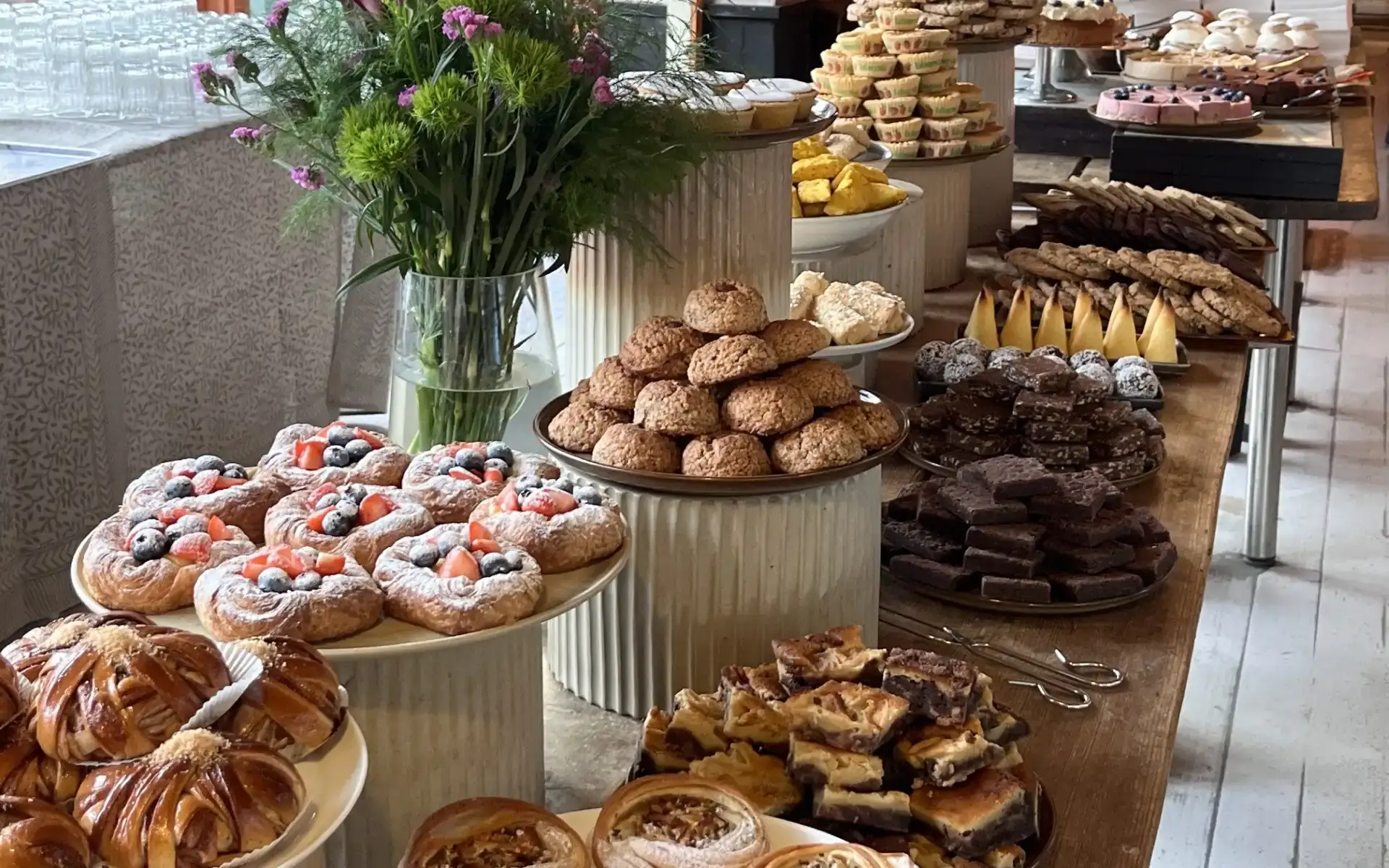
The Meaning Behind “Fika”
For Swedes, fika is not just about drinking coffee. It is a cultural ritual, a pause in the day to slow down and connect with others. The word itself has no direct translation in English, and it often leaves newcomers puzzled until they experience it. A fika can happen at work, at home, in a café, or even outdoors. What defines it is the act of stopping, sipping coffee, and often enjoying something sweet alongside.
The Coffee Culture
Sweden ranks among the highest coffee-consuming nations in the world, and fika is one reason why. Coffee is the centerpiece, whether brewed strong at home, served in delicate cups in a café, or poured endlessly during a workplace pause. Without coffee, fika simply does not feel complete.
Strong and Black
Swedish coffee is known for being strong, often served black. Milk and sugar are available, but many Swedes pride themselves on drinking it plain. This bold coffee tradition has deep roots, tied to long winters and the need for a sharp, warming drink.
The Sweet Companions
No fika is complete without something sweet. Cinnamon buns (kanelbullar), cardamom buns (kardemummabullar), and chokladbollar are staples. These treats aren’t just snacks—they are symbols of home baking, tradition, and comfort. Every Swede has a favorite, and every bakery takes pride in its own recipes.
Cinnamon Bun Day
October 4 is Kanelbullens Dag, Cinnamon Bun Day, when Swedes celebrate their most iconic fika pastry. Bakeries sell millions of buns, offices bring in trays to share, and families bake at home. It highlights just how central pastries are to fika culture.
Fika at Work
In Swedish workplaces, fika is more than a coffee break—it is part of the daily rhythm. Teams often gather at set times, in the morning and afternoon, to pause work and socialize. It is considered essential for building good relationships and maintaining a positive work environment.
Equal Ground
Workplace fika is also egalitarian. Everyone, from interns to CEOs, sits at the same table. Hierarchies are set aside for a moment of shared coffee and conversation. This fosters openness and helps make Swedish work culture less formal than in many other countries.
Fika with Friends and Family
Outside work, fika is a way to spend time with loved ones. Meeting a friend for fika is a casual, friendly invitation—it carries none of the formal weight of “let’s go out for dinner.” It is easy, affordable, and deeply social. For many Swedes, some of their best memories are tied to long conversations over coffee and pastries.
The Art of Conversation
While fika often includes pastries, the real focus is conversation. It is a time to listen, share stories, and connect. Silence is fine too—many Swedes value the calm presence of sitting together without constant chatter.
Seasonal Fika Traditions
Fika changes with the seasons. In winter, it means warm buns and coffee indoors by candlelight. In summer, it moves outside, with strawberries, sponge cakes, and coffee in thermoses carried to parks or the archipelago. The flexibility of fika makes it adaptable to every season.
Semla Season
One of the most anticipated seasonal fika treats is the semla, a cardamom bun filled with almond paste and whipped cream. Traditionally eaten before Lent, it is now enjoyed throughout January and February. Lines outside bakeries are common, and debates rage over which bakery makes the best semla.
Fika as a National Symbol
Fika has become a symbol of Swedish identity. It represents balance, social equality, and the importance of slowing down. Tourists often notice how seriously Swedes take their coffee breaks. In guidebooks and travel blogs, fika is described as one of the “must-try” experiences for anyone visiting Sweden.
The Global Spread of Fika
In recent years, fika has spread beyond Sweden. Swedish cafés abroad market themselves with the concept, introducing foreigners to the idea of coffee paired with pastries and conversation. Yet, many Swedes argue that fika outside of Sweden never feels quite the same—because fika is not just about the food, but the cultural mindset.
Conclusion: More Than Coffee and Cake
To someone unfamiliar, fika may look like an ordinary coffee break. But once you try it, you realize it is something else entirely. It is a daily ritual that blends community, equality, tradition, and pleasure. Fika is both ordinary and extraordinary—ordinary in how often it happens, extraordinary in how much meaning it carries. It is no exaggeration to say that to understand Sweden, you must first understand fika.
Carrying Fika Forward
Many newcomers to Sweden adopt fika as a personal habit. It becomes a way to pause during hectic days, a chance to connect with others, or even just a moment of peace with a cup of coffee. Once you’ve experienc
Continue reading
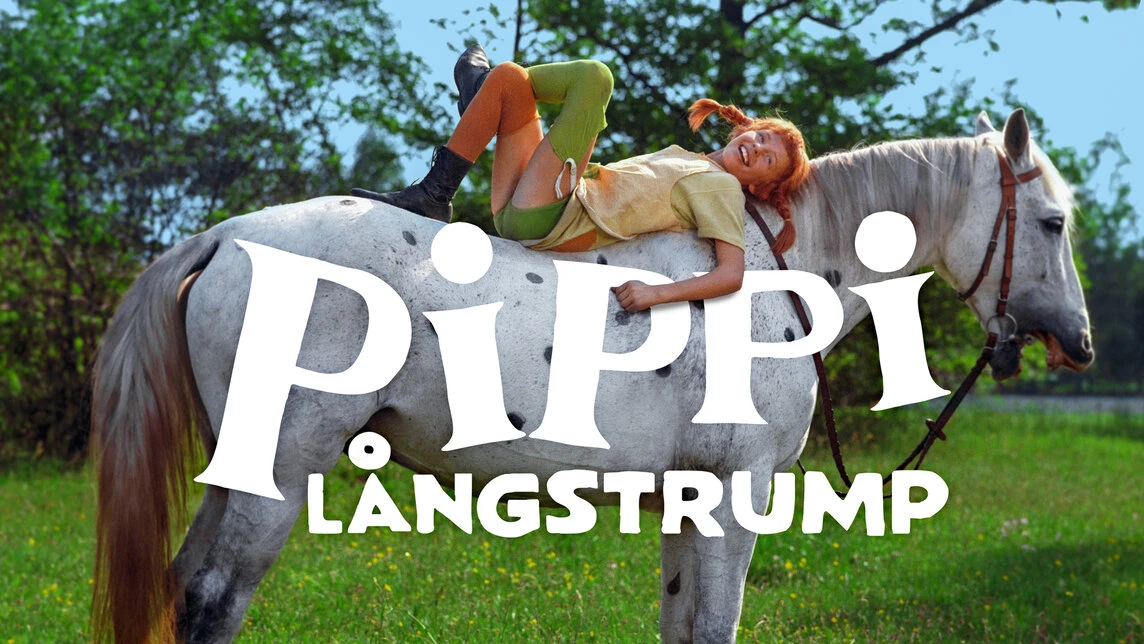
Here You Can Stream Pippi Longstocking for Free (Legally)
Watch the classic Swedish Pippi Longstocking series anywhere in the world.
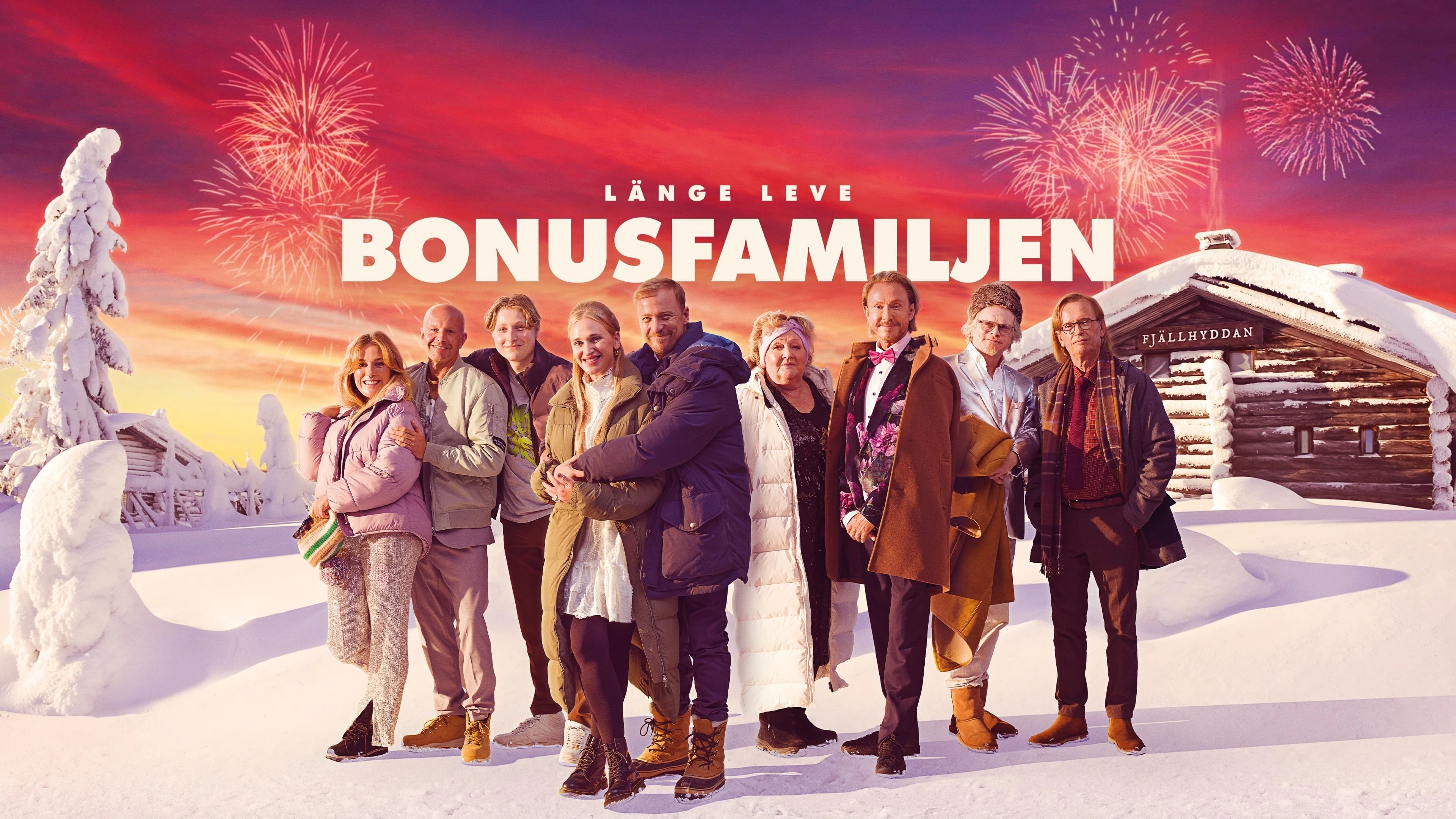
The Modern Swedish Shows You Need to Watch to Understand Swedish Life
Ready to become a Swedish citizen? Start with these essential Swedish movies and TV series.
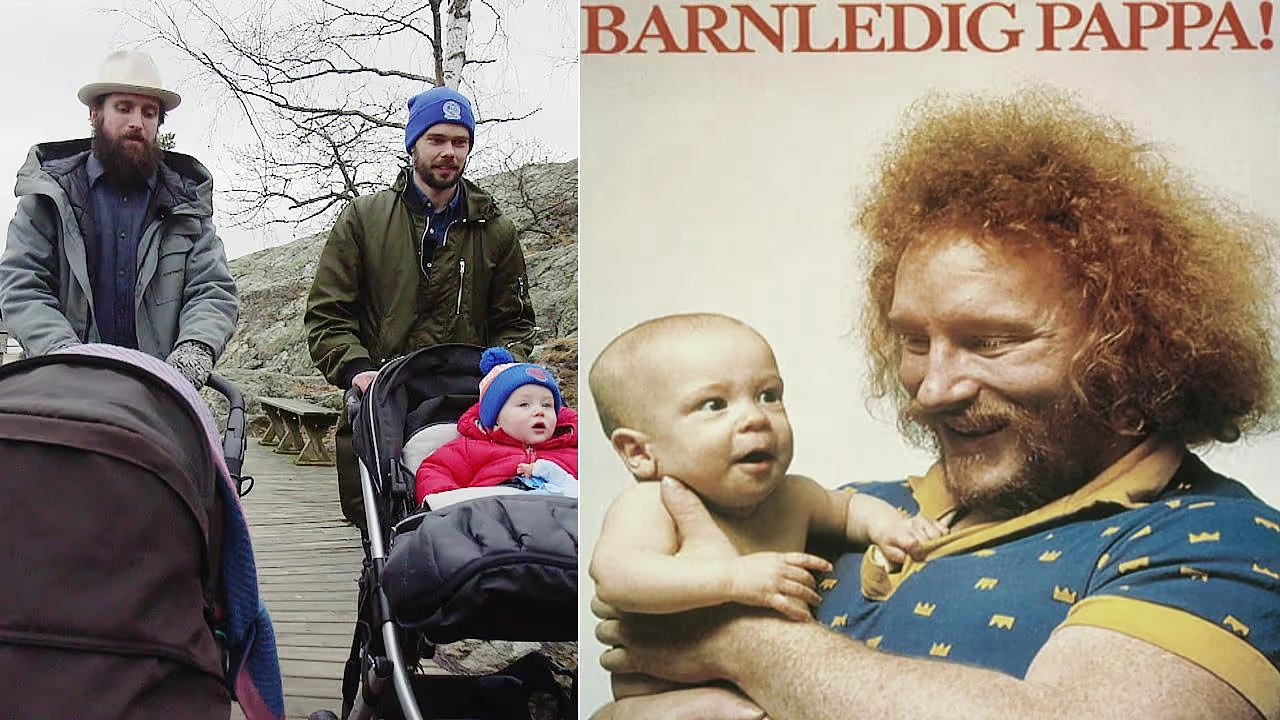
Understanding Sweden’s Social System
Sweden is known for its strong welfare model, built on high taxes that fund healthcare, education, childcare, and social security. For residents, this means access to publicly funded services that reduce inequality and create stability.
